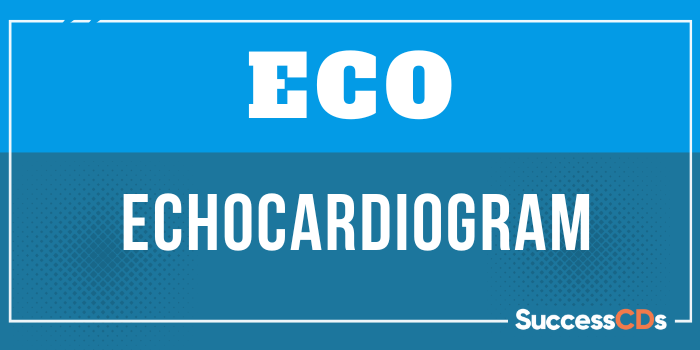
The Full form of ECO is Echocardiogram. An ECO is a graphic outline of the heart’s movement. During an echo test, high-frequency sound waves (Ultrasound) from a hand-held wand placed on the chest provides pictures of the heart’s valves and chambers and helps the sonographer evaluate the pumping action of the heart. An ECO uses sound waves to produce images of the heart. This common test allows the doctor to see the heart beating and pumping blood. Your doctor can use the images from an Echocardiogram to identify any heart disease. You may have one of several types of Echocardiograms depending on the information your doctor needs. Each type of ECO involves few, if any, risks. Your doctor may suggest an ECO to check for problems with the chambers or valves of your heart, to check if heart problems are the cause of symptoms such as chest pain or shortness of breath, to detect congenital heart defects before birth (fetal ECO). The test is used to assess the overall function of the heart, determine the presence of many types of heart disease, such as pericardial disease, infective endocarditis, valve disease, myocardial disease, cardiac masses and congenital heart disease, follow the progress of valve disease over time and evaluate the effectiveness of medical or surgical treatments.